If you want to shoot portraits you need to know about light.
Knowing about light is more than understanding the difference between hard light and soft light. It is about having the ability to work with whatever light is thrown at you so you still get a decent portrait.
Certain types of light are easier to work with than others, but don’t shy away for shooting in trickier lighting conditions. If you learn how to use it, those more challenging conditions can get you some striking portraits.
And knowing when you have good light for portrait photography is a skill in itself. When you have good light you need to take the opportunity to shoot with it and work with it to maximise it’s full potential.
Here are a bunch of ways you can work with virtually any light:
Portrait Photography With Hard Light
Direct sunlight gives you hard light. It is light that has no softness to it, no fuzzy edges to the the shadows. There is no gentle transition from light to shade. Hard light is contrasty, it shows texture and it emphasises shape. It is rightly considered challenging to work with for portrait photography.
You can either work with the hard light to create a punchy portrait, or manipulate it so that it becomes softer. To soften hard light you can bounce it off a large reflector or diffuse it through something that is translucent.
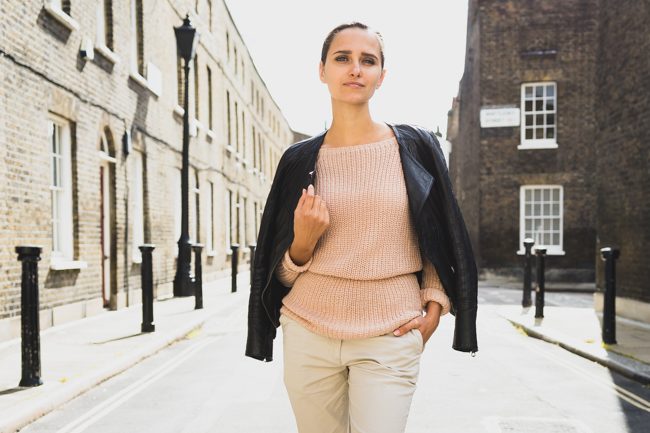
Although this lady is standing in direct sunlight (as you can see from the hard shadows created by the posts), she is actually lit by a much softer light. This soft light comes from a wall right behind the photographer which acted as a huge reflector and bounced a much softer light back onto the subject.
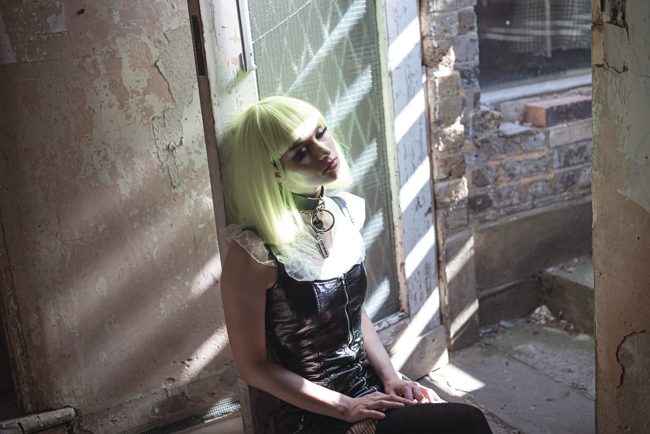
Or you can use the hard light and make it a feature of the portrait. In this shot, direct sunlight is coming through a fence outside the door which creates a pattern that adds interest to the shot.
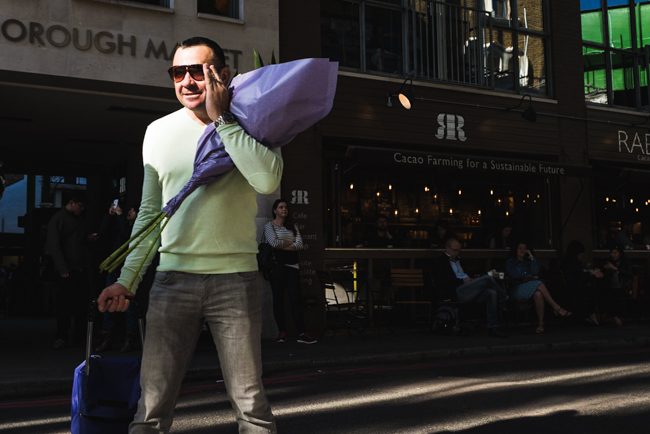
And in this candid portrait the unmodified hard light of the sun work well because of its direction. As you can see from the shadows, the light is more of less in front of the person so lights the whole front of his face. Using hard light like this means being aware of it’s direction. If the sun is your light source it is better for portraits when it is lower in the sky so the light is coming across your subject rather that from above.
Soft Light And Portrait Photography
When learning about portrait photography, the easiest light to use is soft, diffused light. There are no hard edges so you don’t have to worry about harsh shadows in the wrong places. It’s is a flattering light which softens skin and is forgiving to work with.
You find soft light on cloudy days when the sun is diffused. On sunny days you find it in the shade because the light there is bounced off the surroundings.
Soft light can be a little bland because it can result in a flat portrait, but it will give you perfect portraits if it has some direction and brightness to it. This helps you sculpt and define the features of the person you are shooting.
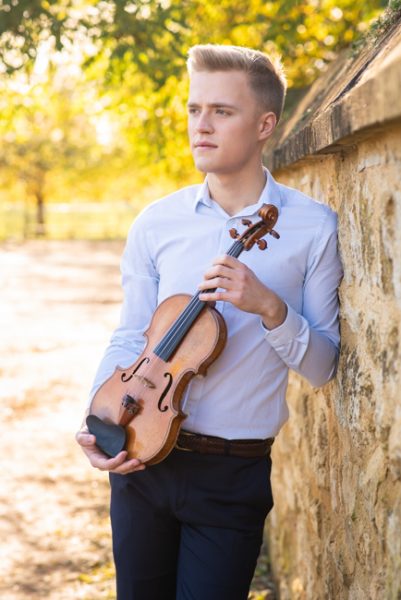
For this portrait, taken on a bright day, the musician is under the shade of a tree, so he’s in shadow. He is facing away from the wall, towards a more brightly lit area which means a diffused light, bounced from the buildings, lights the front of his face and defines his features. This is a direction soft light. He is lit with a soft light, that comes from somewhere.

This headshot was created on the street in the shade. The light is bright, soft and directional. The businessman is looking down the street which puts soft light into the front of his face and the buildings give a subtle shadow on either side of his face.
Portrait Photography In Low Light
Can’t find any natural light? Use artificial light. Lots of things in our environment give out light which help you out when the light is low and you can create some interesting portrait.
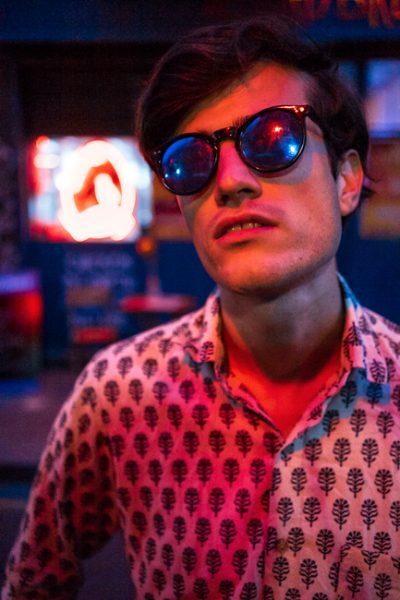
In this shot the neon signs from a shop window are the light source. The shot was taken at dusk, so more light was needed to create the shot. The coloured neon lights give enough light and the colour gives atmosphere.
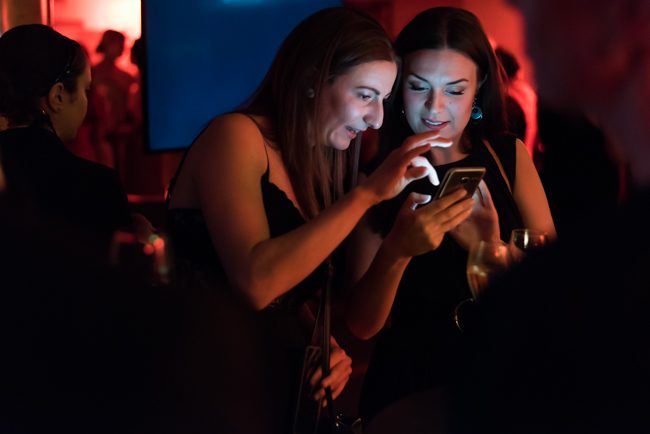
Light from a phone in a dark room in this candid portrait provided enough light for this shot. Without it there would not have been enough light to create the shot. The directional light provided by the phone works because both people are facing towards it and it fully lights both of their faces. The artificial light is brighter than the ambient light, so it makes the people stand out against the background.
How To Take Portraits At Sunset
At the end of the day the sun throws out some beautiful golden rays of light. This is a warm, directional light that you can use for portraits if you know how.
Even though the sun is low in the sky in the shy it can still be very bright, so it’s unfair to ask your subject to face it and get temporarily blinded, plus they’ll be squinting which is never a good look.
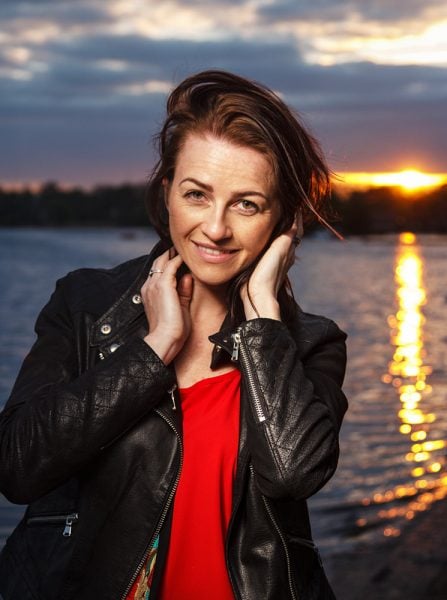
A better way to use the light from a sunset is to bounce it back at the person you are shooting. Put your subject with their back to the sun and use a reflector to bounce the light back onto them. A reflector with some gold in it will help here because it will reflect warm light which will match the golden rays of the setting sun.
Using Window Light For Portrait Photography
One of our favourite light sources for portrait photography is window light. A big window in a characterful room gives a lovely big soft, directional light to play with.
You can then use the direction of the light to sculpt your subjects face. Asking them to face toward the light puts the light onto the front of their face and gives you some shadows on the cheekbones. If your subject is relatively close to the window, the rest of the room will be darker, helping to make the subject stand out from the background.
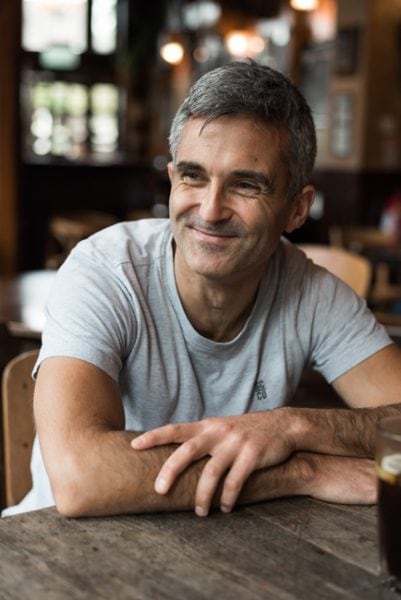
If the sun is not shining directly through the window you get a soft light through it, but when the sun is shining straight through the window you will have hard light from the window and you can get shots like this.
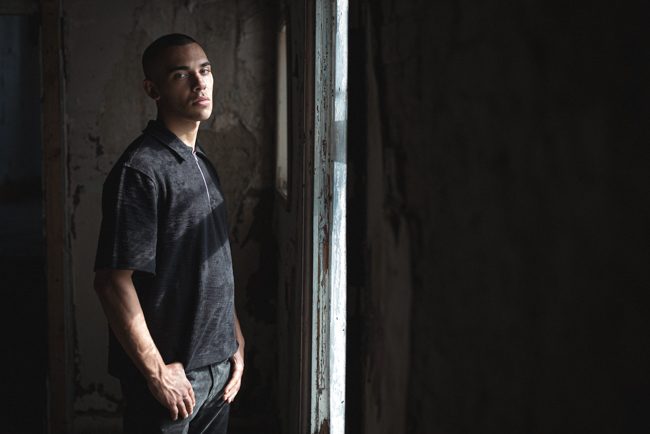
As you can see, light is a wonderful thing with many characters that challenge us portrait photographers to make better shots. Knowing how to use lots of different types of light means you’ll never be stuck for a shot and you will be able to take a bigger variety of portrait photos.
Feel the need to shoot some portraits?
Join our Portrait Photography Workshop.
Leave a Reply